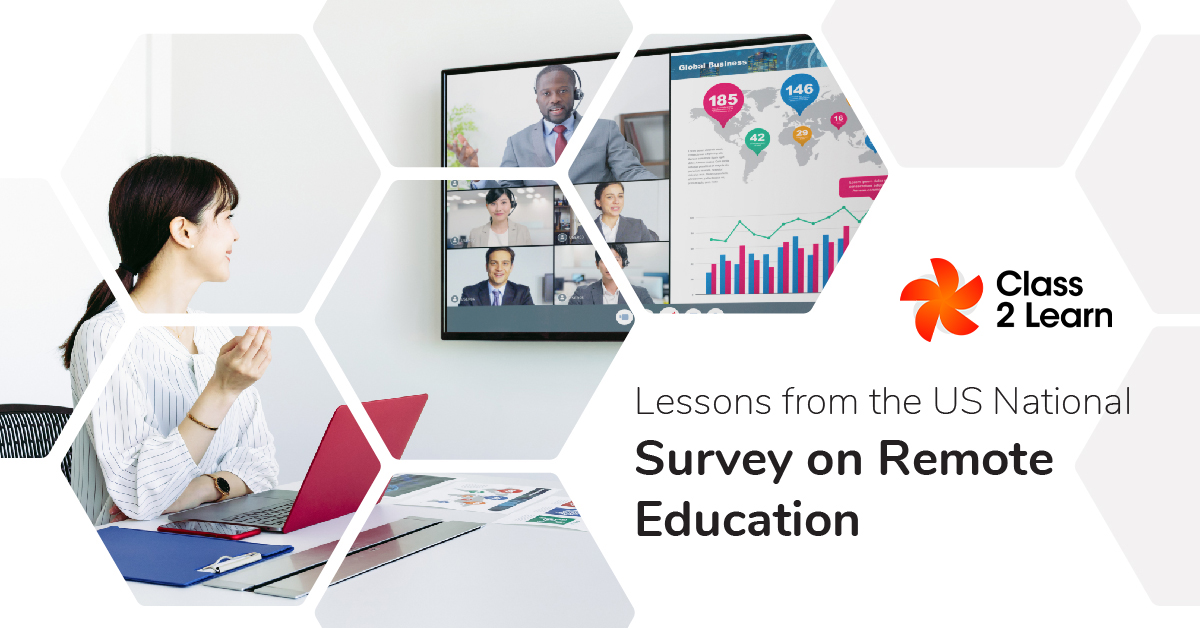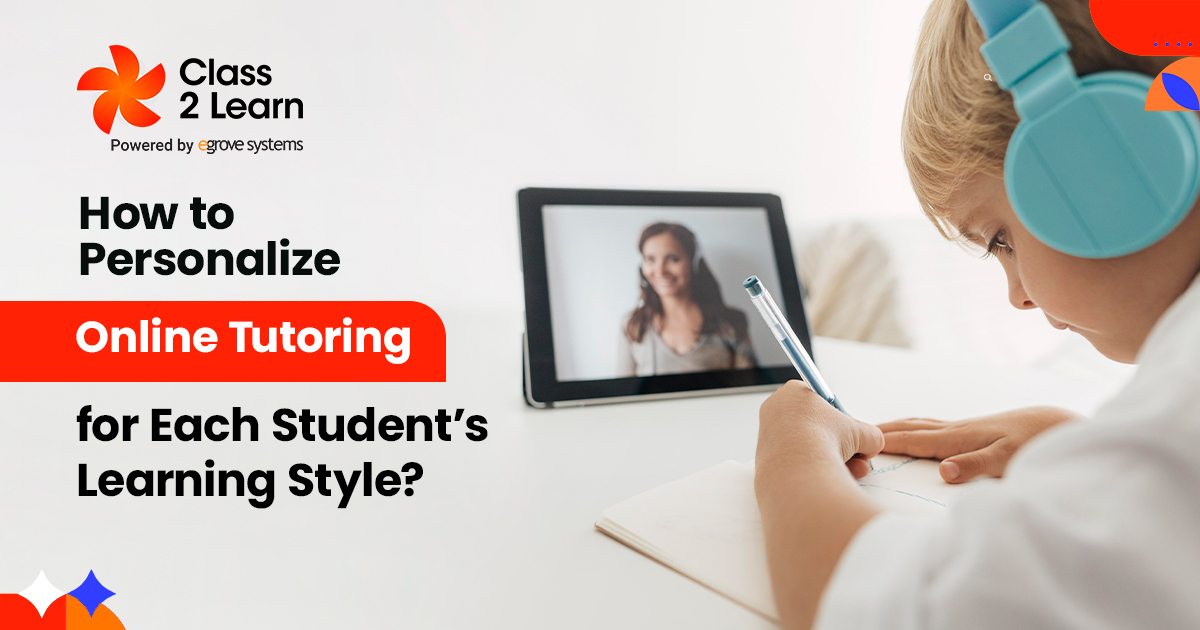The US Department of Education recently released the first data from a monthly survey to gather information about how schools are handling the pandemic and the extent to which they have used remote vs. in-person learning. 42 states participated in the survey, providing valuable feedback about the progress schools are making in transitioning back from remote learning and the effects it has had on students. The survey gathered information about 4th graders and 8th graders for coverage of elementary and secondary school students.
During the earlier months of 2022, 43% of elementary and 48% of secondary school students in the schools that responded to the survey were still using fully remote learning. On average, 76% of students attended schools that were open to hybrid or in-person instruction, and only 24% went to schools that only offer remote or online learning.
In-person learning was more common in rural areas and the South and Midwest regions, while more urban areas were less able to offer in-person learning and were more likely to stay fully remote. 85% of students were in locations with at least some remote learning.
Continued Use of Hybrid Schooling
While fully remote learning began in March 2020, many schools have moved to a hybrid learning model to offer students more stimulation through in-person learning while also heavily employing remote learning. Hybrid may alternate days or weeks in school and remote learning. In early 2022, 30% of students used hybrid: 13% are in-person in school 1-2 days per week, 3% spend 3 days in school, and 14% spend 4-5 days in school.
Hybrid learning offers the advantages of in-person training, especially if the most important courses and hands-on work can be completed in school, while virtual learning can be used for projects that require less teacher supervision. It is, however, subject to student, parental, and teacher agreement, and can cause confusion about when children are in and out of school.
In addition, teachers and students have complained about the lack of consistency in hybrid learning as conditions change and schools shift between hybrid, remote, and in-person models. One more issue is that it can increase teacher workload and preparation due to the need to organize around in-person and remote students. Some schools have attempted teaching to both in-person and remote students at once through live streaming, which can be frustrating for teachers.
Live Video Instruction
Remote learning can include live instruction, pre-recorded lessons, and asynchronous learning where students aren’t getting direct lessons. During the pandemic, schools have found a limit to the amount of instruction they can give without letting students get distracted or have learning quality suffer. Only 32% of schools gave live video instruction of more than 5 hours compared to the traditional 6 hours of in-person teaching. 40% reduced the amount to 3-4 hours of live video from teachers over online platforms, and 17% only gave students 1-2 hours of live teaching during remote learning.
When implementing remote learning, 10% of secondary schools questioned reported they had no live instructor available. While both live and asynchronous learning can be employed in appropriate contexts, some live instruction promotes engagement and allows students to communicate directly with professors. Asynchronous learning can be useful when the assignment is not time-sensitive or requires minimal human interaction, and time can be saved for other important purposes.
Priorities for In-Person Learning
Schools recognize that some students suffer more than others due to the pandemic. The national survey analyzed how schools were prioritizing certain students to receive in-person learning. 43% said they prioritized students with disabilities since these students were less able to keep up with remote learning. In elementary schools, 25% prioritized lower grades for in-person compared to 14% for upper grades, suggesting that lower grades are also struggling with remote learning.
While schools are rushing to return to in-person learning, remote learning has had a significant long-term impact. The abrupt adoption of remote learning and continual changes in schedules caused disturbances, but virtual learning may be adopted successfully with forethought and care paid to individuals who struggle the most with it. Online learning systems that provide immediate feedback and track whether students are succeeding or failing, can be used by both teachers and administrators. More data, such as that disclosed in the poll, will indicate the future of online learning.





Add comment